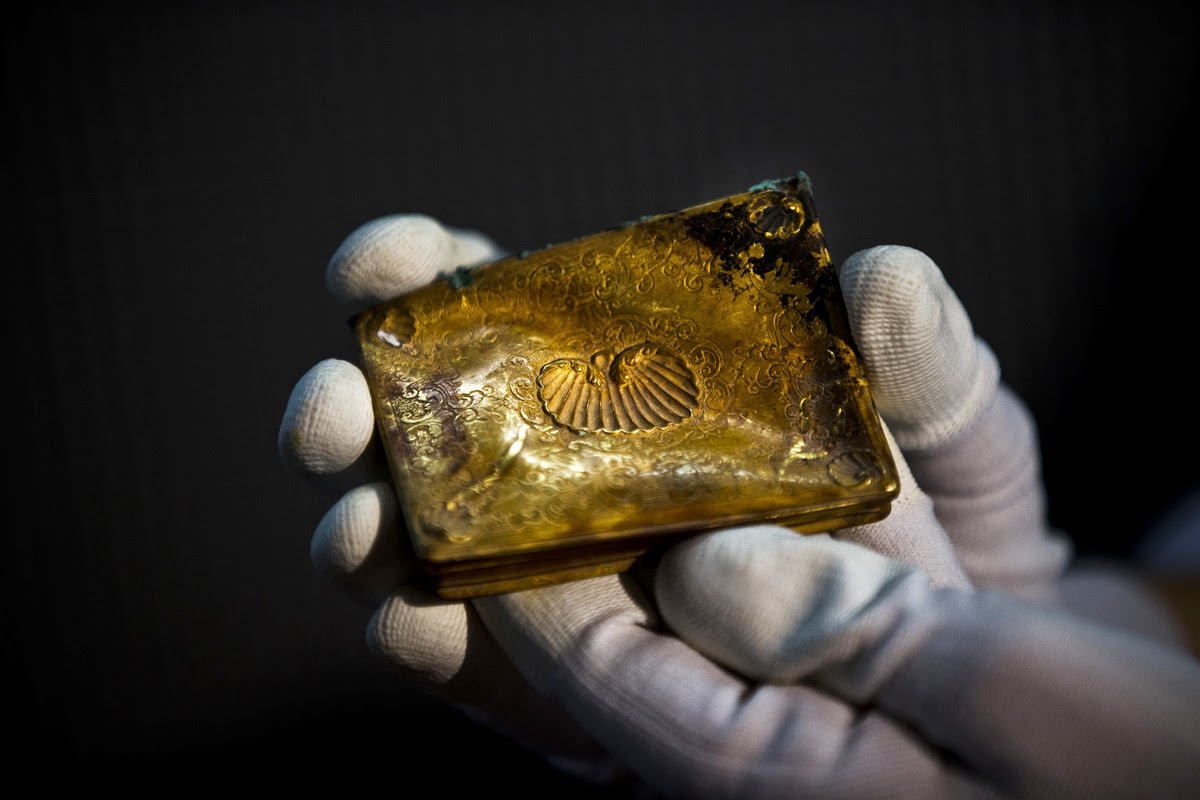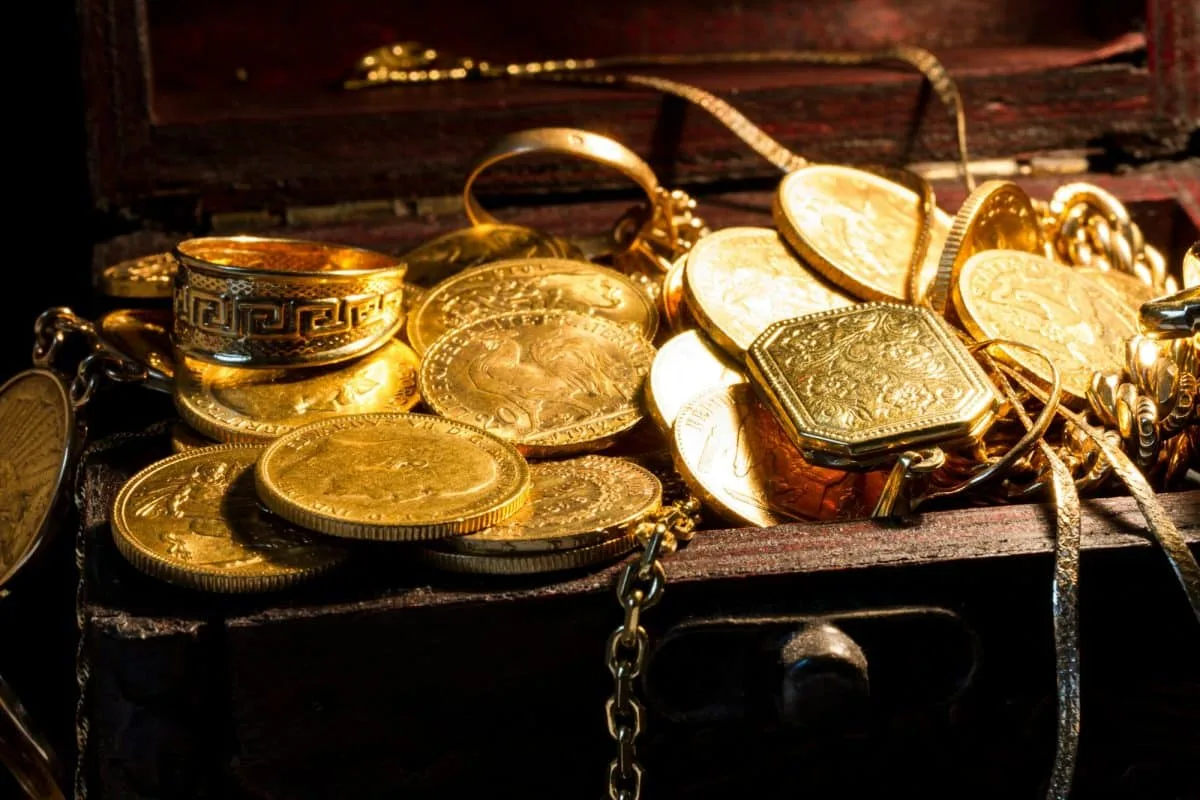A 1,400-year-old treasure trove containing 97 gold coins and jewellery has been unearthed in Israel at the ancient site of Hippos.
An extraordinary archaeological discovery in the Golan Heights
The ruins of the ancient city of Hippos, perched above Lake Tiberias, have just yielded a treasure trove of coins and jewellery of exceptional value. Nearly 1,400 years after being buried, a collection of 97 gold coins and Byzantine jewellery has been unearthed in an astonishing state of preservation.
The discovery was made last July during excavations at the ancient site of Sussita, under the supervision of the University of Haifa. It is attributed to Edie Lipsman, an experienced metal detector enthusiast, who spotted a strong signal near a collapsed wall. The coins quickly appeared on the surface, followed by earrings set with pearls, semi-precious stones and worked glass.
According to Professor Michael Eisenberg, the archaeologist in charge of the project, this deposit is one of the five largest treasures from the Byzantine period ever found in Israel.
An imperial chronology engraved in gold
Numismatic analysis carried out on the site reveals an imperial chronological sequence from Justin I (r. 518-527) to Heraclius (r. 610-641), marking a century of circulation of Byzantine gold. The treasure contains solidi, high-value gold coins, as well as semisses (equivalent to half a solidus) and tremisses (one third of a solidus).
Among them, an extremely rare tremissis particularly caught the attention of researchers: minted in Cyprus in 610, it bears the effigies of Heraclius the Elder and his son during a rebellion against Emperor Phocas. This coin thus becomes a tangible testimony to the succession conflicts within the Byzantine Empire on the eve of a major historical upheaval.

A context of war and exile
The burial of this treasure was no accident. The beginning of the 7th century coincided with the invasion of Byzantine Palestine by the Sassanid armies (614), causing waves of panic and flight among the Christian populations. It was in this climate of uncertainty that the inhabitants probably hid their gold reserves, hoping for a return that never came.
Danny Syon, a numismatist associated with the expedition, points out that this discovery provides valuable information about the economic practices of urban Christian elites in the face of external threats. The hoard illustrates the monetary response to a geopolitical crisis: the concealment of liquid assets, symbols of imperial stability, in the hope of a peaceful future.
Already global scientific and heritage significance
Conservation and analysis work is still ongoing. Archaeologists are working on deciphering the monetary inscriptions, characterising the alloys and studying the style of the jewellery. The possibility of a future museum exhibition, in Israel or internationally, is already being considered.
Due to its size, its state of preservation and the political context it sheds light on, this Byzantine treasure redefines our knowledge of the circulation of gold in the eastern Mediterranean at the beginning of the 7th century. It is a major source for the economic history of the empire at a pivotal time marked by inter-dynastic conflicts and the temporary collapse of the eastern provinces.




